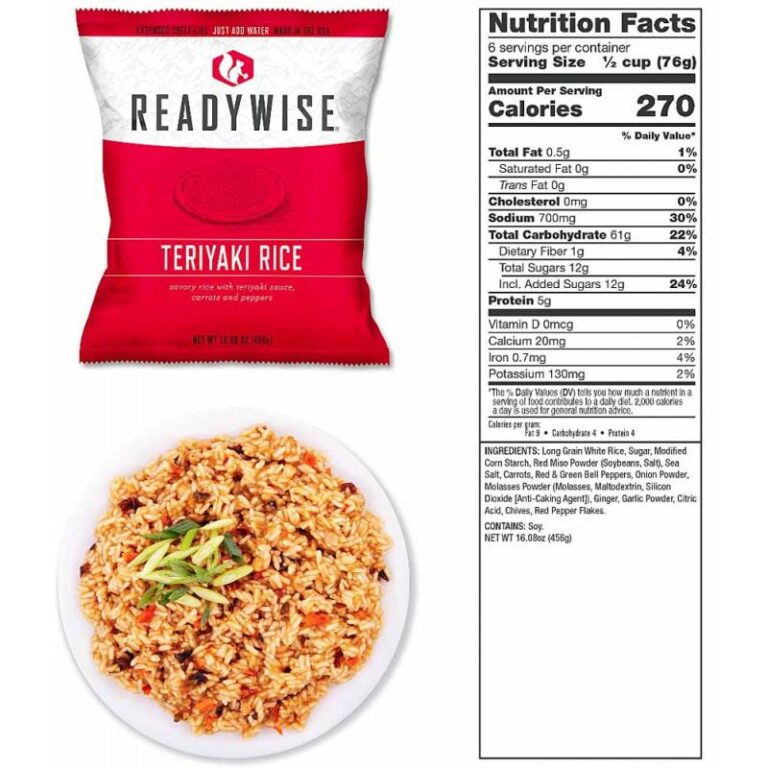Japan’s Emergency Rice Stock Release: A Response to rising Food Prices
In a bold initiative aimed at tackling surging food prices, Japan has commenced the release of its emergency rice reserves. This decision has ignited considerable public concern regarding food affordability and security. As inflation reaches unprecedented levels, essential goods like rice—a fundamental component of the Japanese diet—have become increasingly unaffordable for many families. With growing dissatisfaction from both consumers and farmers,government officials are striving to stabilize market conditions while considering the long-term implications for national food supplies. This article explores the ramifications of this extraordinary measure, analyzing the economic factors that have led to this situation and its broader effects on Japan’s agricultural policies.
Public Outcry Over Rising Rice Prices Leads to Stock Releases
In an effort to alleviate public discontent over skyrocketing rice prices, which have reached their highest point in nearly ten years, Japan has decided to release its emergency stockpiles of rice. This unprecedented action is intended to stabilize market conditions and prevent further price hikes as rice remains a crucial element of Japanese cuisine and cultural heritage.
The government has introduced several key initiatives alongside this stock release:
- Swift auctions: The authorities will conduct auctions for the released rice stocks to facilitate rapid distribution.
- Price Regulation strategies: Plans are being developed to limit retail price increases.
- aid Programs for Consumers: New initiatives will be launched aimed at supporting low-income families affected by rising costs.
Experts warn that while these measures may offer temporary relief, a comprehensive strategy is essential for addressing deeper issues impacting rice production such as climate change and disruptions in supply chains. The government faces increasing pressure to enhance agricultural policies that safeguard national food resources against future uncertainties.
Strategies Implemented by Government Amidst Consumer Frustration
The Japanese government’s response includes a detailed plan designed specifically for stabilizing the fluctuating rice market amidst growing consumer frustration over high prices. central elements of this strategy involve releasing emergency reserves while simultaneously boosting support for local farmers in order to increase production levels. this proactive approach highlights an urgent need not only to address public grievances but also ensure consistent availability of this vital staple food item. Additionally, officials have indicated plans for reviewing import tariffs on rice with an aim toward balancing domestic pricing against global market trends.
To foster transparency and rebuild consumer trust, various measures are being implemented:
- User Engagement Initiatives: Organizing town hall meetings where citizens can voice concerns about pricing and supply challenges directly with officials.
- Agricultural Incentives: Offering financial support aimed at encouraging increased production among farmers through improved technology adoption.
- Diligent Market analysis: Forming a task force dedicated solely to monitoring pricing trends and providing real-time data regarding supply levels.
The Ministry of Agriculture is also set on reassessing storage capabilities along with inventory management practices as part of these efforts—aiming ultimately at reducing panic buying behaviors among consumers during times of uncertainty. By focusing on both immediate solutions and also long-term sustainability strategies, authorities hope not only navigate current challenges but also restore stability within Japan’s vital rice sector moving forward.
| description | Main Actions Taken |
|---|---|
| Crisis Stock Release | Dipping into emergency reserves quickly lowers market prices effectively. |
Sustainable Solutions: Balancing Supply with Demand in Japan’s Rice Sector
The recent decision by Japan’s government concerning its emergency stockpile usage has reignited discussions about sustainability within the nation’s agricultural landscape—notably concerning its pivotal role in meeting consumer demand amid rising costs faced by producers themselves today more than ever before! To achieve equilibrium between supply needs versus demand pressures going forward requires urgent attention towards implementing viable long-term solutions including but not limited too :
- Advancing Agricultural Techniques : Utilizing modern farming methods & precision agriculture techniques designed specifically maximize yield potential .
- Support Mechanisms For Farmers : Providing necessary financial assistance coupled technical guidance ensuring enhanced productivity & sustainable practices .
- Crop Diversification Initiatives : Encouraging varied crop cultivation thereby mitigating risks associated fluctuations seen across markets.
- Investment In Research Development : Focusing efforts towards creating high-yield disease-resistant varieties tailored specifically meet evolving demands .
 To effectively tackle these pressing issues collaboration amongst stakeholders—including governmental bodies , local producers , industry experts—is paramount ! Below summarizes potential strategies outlined :
Strategy name        expected Results Enhanced Agricultural Practices & nbsp; Higher yields lower operational costs& nbsp; Support For Farmers& nbsp;   ;Improved financial stability producers& nbsp; diversification Of Crop Production&nb sp ; &nbs p ;Reduced risk enhanced overall security &nbs p ;Investment R&D&nbs p;&nbs p ;Development resilient varieties Engaging comprehensively across all fronts will prove critical ensuring longevity viability surrounding Japans’ esteemed Rice Industry! Addressing present-day obstacles whilst proactively preparing future dynamics ensures stabilization alongside fostering resilience throughout entire agricultural sector overall !
Final Thoughts on Food Security Challenges Ahead!
The choice made by Japanese authorities tapping into their strategic reserve emphasizes heightened worries related directly towards maintaining adequate supplies amidst unpredictable price fluctuations affecting everyday citizens alike! As frustrations mount surrounding escalating expenses incurred daily—the intervention aims primarily focused upon restoring balance alleviating burdens placed upon households everywhere! Given how integral role played within conventional cuisine culture alike—it stands clear repercussions stemming forth from such actions extend far beyond mere economic relief alone prompting larger conversations around sustainable management practices needed adaptively respond changing global landscapes ahead ! Navigating through these complexities necessitates finding harmony between established customs adapting swiftly modern realities shaping futures ahead!




